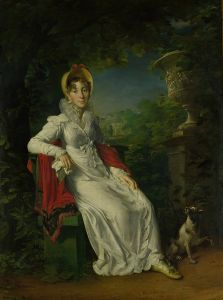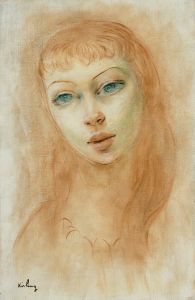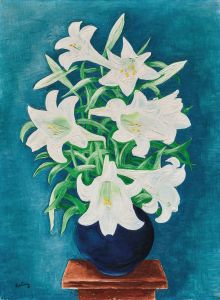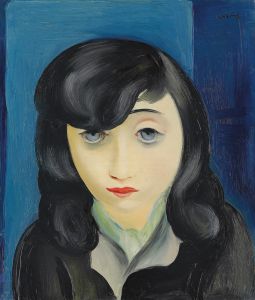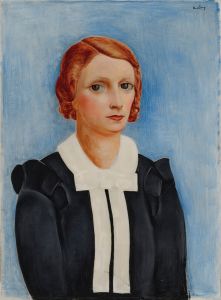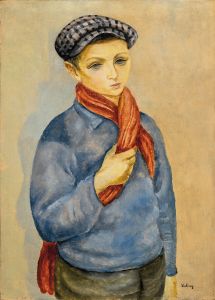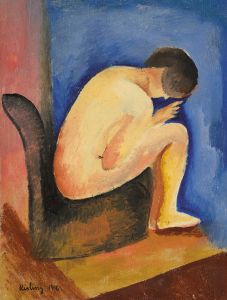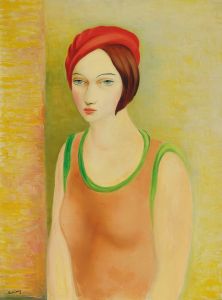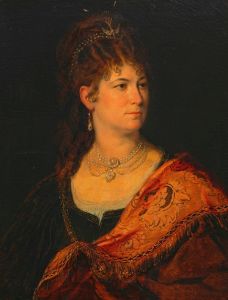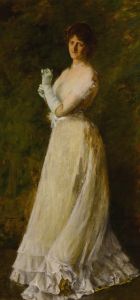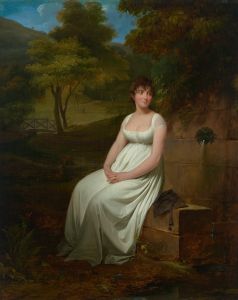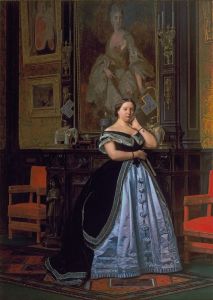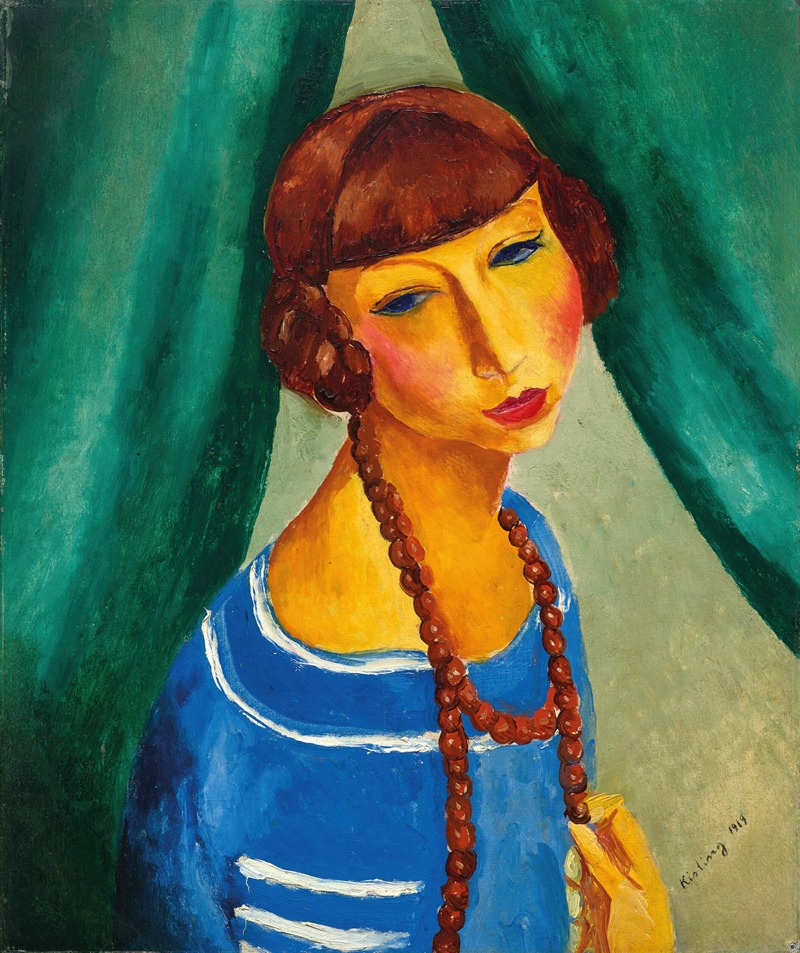
Portrait de Marguerite Gros, sœur de Mme Renée Kisling
A hand-painted replica of Moïse Kisling’s masterpiece Portrait de Marguerite Gros, sœur de Mme Renée Kisling, meticulously crafted by professional artists to capture the true essence of the original. Each piece is created with museum-quality canvas and rare mineral pigments, carefully painted by experienced artists with delicate brushstrokes and rich, layered colors to perfectly recreate the texture of the original artwork. Unlike machine-printed reproductions, this hand-painted version brings the painting to life, infused with the artist’s emotions and skill in every stroke. Whether for personal collection or home decoration, it instantly elevates the artistic atmosphere of any space.
Moïse Kisling, a Polish-born French painter, is renowned for his distinctive style that blends elements of Cubism and Fauvism. His work often features portraits, nudes, and landscapes characterized by vibrant colors and bold outlines. One of his notable works is "Portrait de Marguerite Gros, sœur de Mme Renée Kisling," which translates to "Portrait of Marguerite Gros, Sister of Mrs. Renée Kisling."
This painting is a testament to Kisling's skill in capturing the essence and personality of his subjects. Marguerite Gros, the subject of this portrait, was the sister of Renée Kisling, Moïse Kisling's wife. The familial connection likely provided Kisling with a deeper understanding of his subject, allowing him to portray her with intimacy and insight.
Kisling's portraits are often celebrated for their emotional depth and the way they convey the character of the sitter. In "Portrait de Marguerite Gros," Kisling employs his signature style, using bold lines and a rich color palette to create a striking image. The painting reflects the influence of both the Cubist and Fauvist movements, which Kisling encountered during his time in Paris, where he moved in 1910.
Paris, during the early 20th century, was a hub of artistic innovation and experimentation. Kisling was part of the Montparnasse circle, a vibrant community of artists that included figures like Amedeo Modigliani, Pablo Picasso, and Marc Chagall. This environment undoubtedly influenced Kisling's artistic development, encouraging him to explore new techniques and styles.
Kisling's work is characterized by a unique blend of realism and abstraction. In his portraits, he often exaggerated certain features to emphasize the emotional state or personality of the subject. This approach is evident in "Portrait de Marguerite Gros," where Kisling's use of color and form brings a sense of vitality and presence to the painting.
The portrait of Marguerite Gros is not just a representation of her physical appearance but also an exploration of her inner world. Kisling's ability to convey the psychological depth of his subjects is one of the reasons his portraits remain compelling to viewers. The painting invites the audience to engage with Marguerite Gros on a personal level, offering a glimpse into her character and the relationship she shared with the artist.
Kisling's work, including "Portrait de Marguerite Gros," continues to be celebrated for its artistic merit and historical significance. His paintings are housed in various museums and private collections worldwide, reflecting his enduring legacy in the art world. Kisling's contribution to modern art is marked by his ability to blend traditional portraiture with modernist techniques, creating works that are both timeless and innovative.
In summary, "Portrait de Marguerite Gros, sœur de Mme Renée Kisling" is a significant work by Moïse Kisling that exemplifies his unique approach to portraiture. Through his use of color, form, and composition, Kisling captures the essence of his subject, offering viewers a window into the life and personality of Marguerite Gros. The painting stands as a testament to Kisling's artistic vision and his ability to convey the complexity of human emotion through his art.





